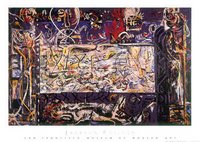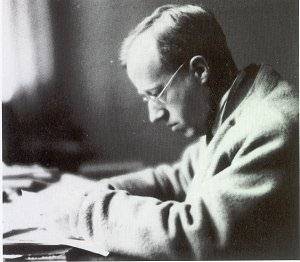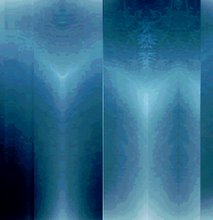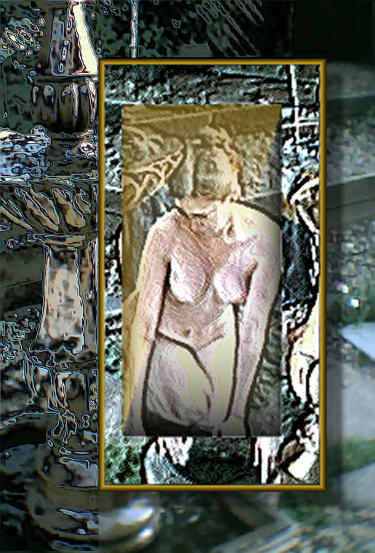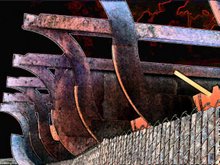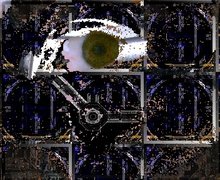Evil
Recently I ran into an evil person. Now, when we usually think of EVIL we think of some Mephistophelean monster…a gargoyle of stylish malevolence.
That is the poetic superstition. In reality, evil people are terribly dull. They are the opposite of creative. They have nothing but bitterness to offer. An evil person is just not possessed of panache.
They are not merely BAD. One may be bad and not necessarily evil. That’s a lot to get into and I’d like to skip it but there is no possibility of continuing until this is cleared up. Evil is the negation of good…not the opposite. Just as the opposite of love is not hate but indifference.
An evil person is first of all a narcissist. They enjoy conflict and they will pursue elaborate schemes to fulfill what they perceive as their needs. Their needs might just be trivial, but these goals are an idée fixe that outweigh, for them, every other consideration. Because of this, because they see themselves as the center of the world and their needs as all-important they will put these needs first. Indeed, they will follow their plan of attack to amazing ends. And along the way they will engender enormous anger.
You know the type. You’ve probably seen them before.
It is not wise to engage them in any way. If you fight them they’ll enjoy it. The truly evil like turmoil. They’ll push your buttons and make you miserable. And why? Because they are miserable and, as Leo Buscaglia said, misery doesn’t just love company, it demands it.
So what does one do? Here they are, they’ve ticked you off, slandered you, gone nuts with abuse. Do nothing?
Well, it depends. Sometimes, when they are truly dangerous, you have to deal with them. Don’t get angry. They adore that! They feed on that. Yeah, I know it sounds spooky and very I-buy-crystals-in-the-mall but the evil person loves causing pain and discord and they draw some weird sort of strength from your anger.
If anything, be happy. You are not them. They are people in pain. Their universe is limited, as a ragged cloak wrapped about their body. The horizon is close and there never is enough light. And you…you are not them.
When you have to, deal with them but don’t get angry. Take the high road. Don’t let yourself be tempted to get even, or to somehow rehabilitate them. Don’t let yourself be tempted to lie, or anything else that distorts or seems reasonable “given the circumstances.”
As a matter of fact, if you should, for a moment, stray from the straight and narrow, even just a little bit, they'll whack you over the head with it. They love the idea of you being one of them.





